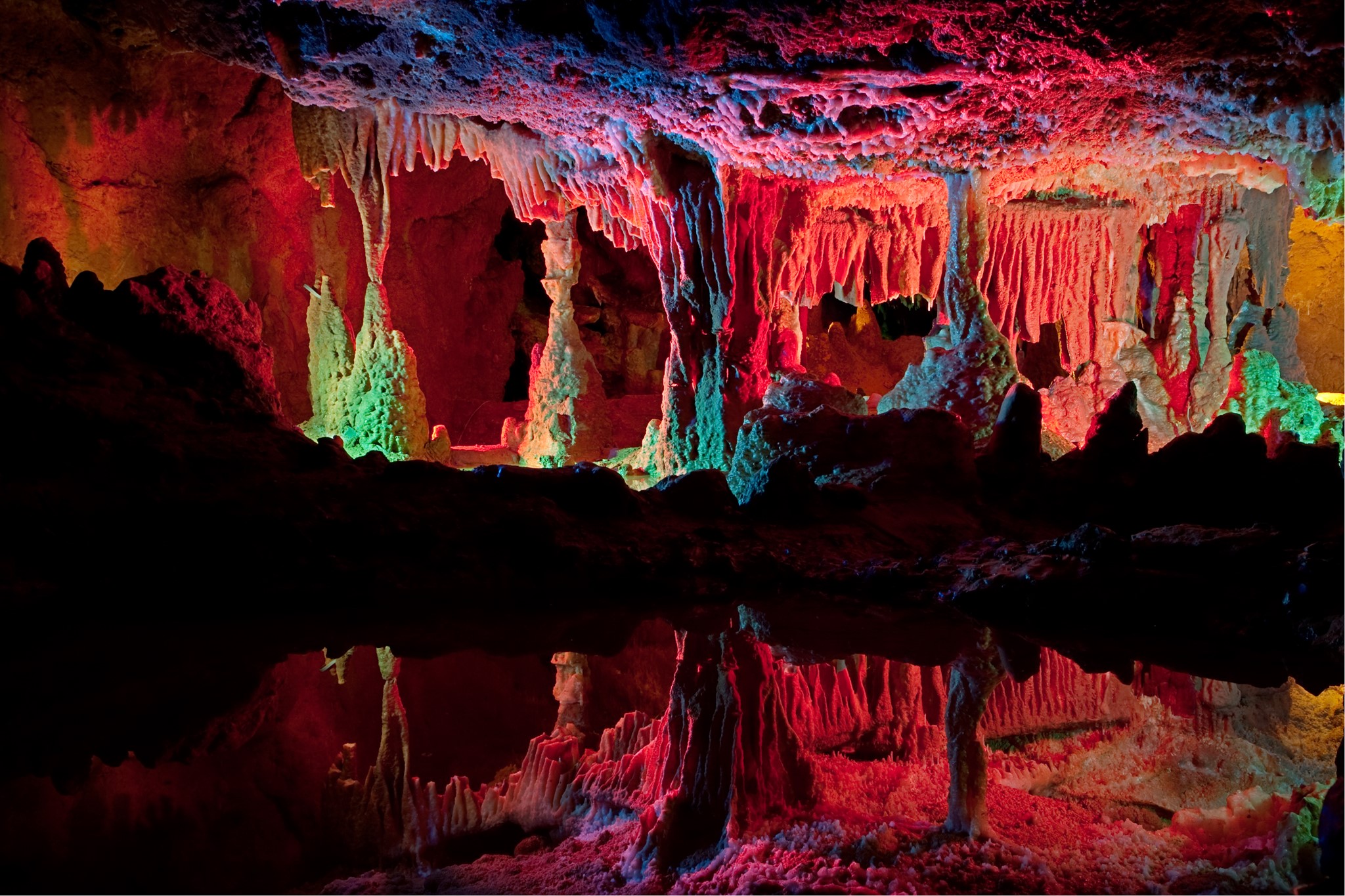The cave we know today as Grand Caverns was discovered in 1804 by hunter Bernard Weyer and was opened for tours in 1806. If you’re familiar with the Shenandoah Valley you can quickly spot the correlation in the current community named Weyers Cave and Bernard Weyer. Yes, Grand Caverns was known as Weyers Cave when it was opened in 1806. Aside from several name changes throughout the years, Grand Caverns is the oldest continually operational show cave in the United States and is a National Natural Landmark.
1800s History
The American Civil War consumed the Shenandoah Valley from 1861 to 1865 and Grand Caverns hosted soldiers from both sides of the war during that time. There are more than 200 verified soldier signatures on the walls of the caverns. Among them is that of Captain William W. Miles of the 14th Pennsylvania Calvary. His signature – “W.W. Miles” – was placed and dated September 26, 1864 by his hand and can be seen when touring the caverns.
What You’ll See
Cathedral Hall is exactly what you envision it to be: a narrow, high, and long space much like a cathedral. At 285 feet in length, it is the largest room or chamber of the Grand Caverns cave system. There are other interesting areas of the cave as well, such as Martha’s Dressing Room, The Rainbow Room (pictured above), and The Rock of Gibraltar. A collection of formations dubbed “The Zoo” includes shapes that resemble a Zookeeper, a buffalo, jellyfish, elephant, and more. If you’ve lost your imagination as an adult, this ensemble will help you find it.
Think of the Vikings when you hear the word “shield” in the geological context of caves. Vikings created shield walls to cover themselves from a foe’s penetrative arrows. These shields are like pancakes on the “ceiling” of Grand Caverns but are typically adorned with “drips” or “drapery” pointing downward. With the Viking analogy in mind, you’re on the outside of the shield. Grand Caverns has more than 250 shields to see, the most of any cavern in the United States.
Considering formations and their terminology, expect to see “popcorn” on the ceiling; a home decorating trend of the mid-1900s, as well as waves of “bacon,” which will surely make your tummy grumble.
Because water is the key element of any cave system and the reason it’s considered to still be growing, there are pools of standing water at Grand Caverns. Drips are slow and steady, meaning these pools are most often still and therefore reflect the features around them. Photograph a reflecting pool to create an incredible inverse image in which it will be difficult to tell which side is up.
Exploring in the Dark
One very cool offering at Grand Caverns is the Fountain Cave Adventure Tour. Spelunk with the experts through Fountain Cave during a two-hour long exploration. Just as it was when discovered in 1835, Fountain Cave is dark. Headlamps, knee pads, gloves, and helmets will be provided. Dress in closed-toe shoes or boots, as well as long-sleeved shirts and pants. Depending on the path you choose, you may get dirty. This experience is reserved for those age 12 and older.
Visiting
Each Grand Caverns tour is 70 minutes and 1.5 miles long. Grand Caverns is open daily except major holidays.
Header image courtesy of Grand Caverns.





